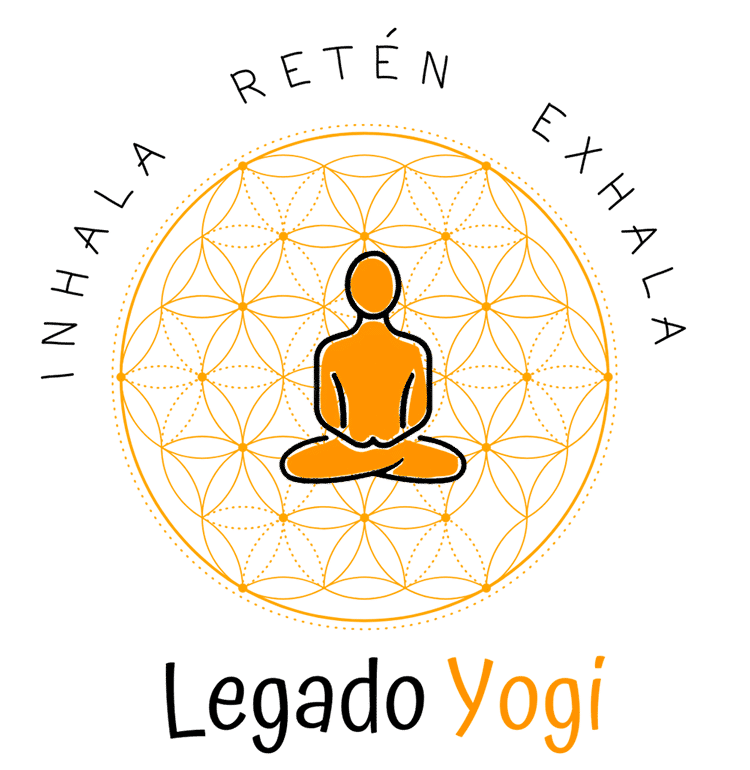MARÍA GIMENO
INSOMNIA
At 12 years old, I developed chronic insomnia that would shape most of my life. I can say that my entire spiritual journey has been an indirect result of seeking a solution to my sleep problems.
Thanks to pranayama and meditation, I was able to reconnect with my body, calm my mind, and finally get deep, restful sleep. Today, I can gratefully say that I sleep peacefully.
BEGINNINGS
Before getting into yoga, I practiced Tai Chi for a year. Since memory is one of the faculties most affected by sleep deprivation, I eventually gave up—unable to memorize those complex choreographies.
In my search for a new introspective discipline, I began exploring the world of yoga through YouTube videos. I remember the first style that caught my attention was Kundalini. I did what I could—without a teacher and with no consistency in my practice.
AUSTRALIA
De mochilera por Australia, me estaba quedando sin dinero y fui a parar a una granja de Hare Krishna. Aquí tuve la oportunidad de probar diferentes estilos de yoga (y un montón de comida india). Solo me tomó una clase de Asthanga para darme cuenta que que había encontrado mi estilo de yoga.
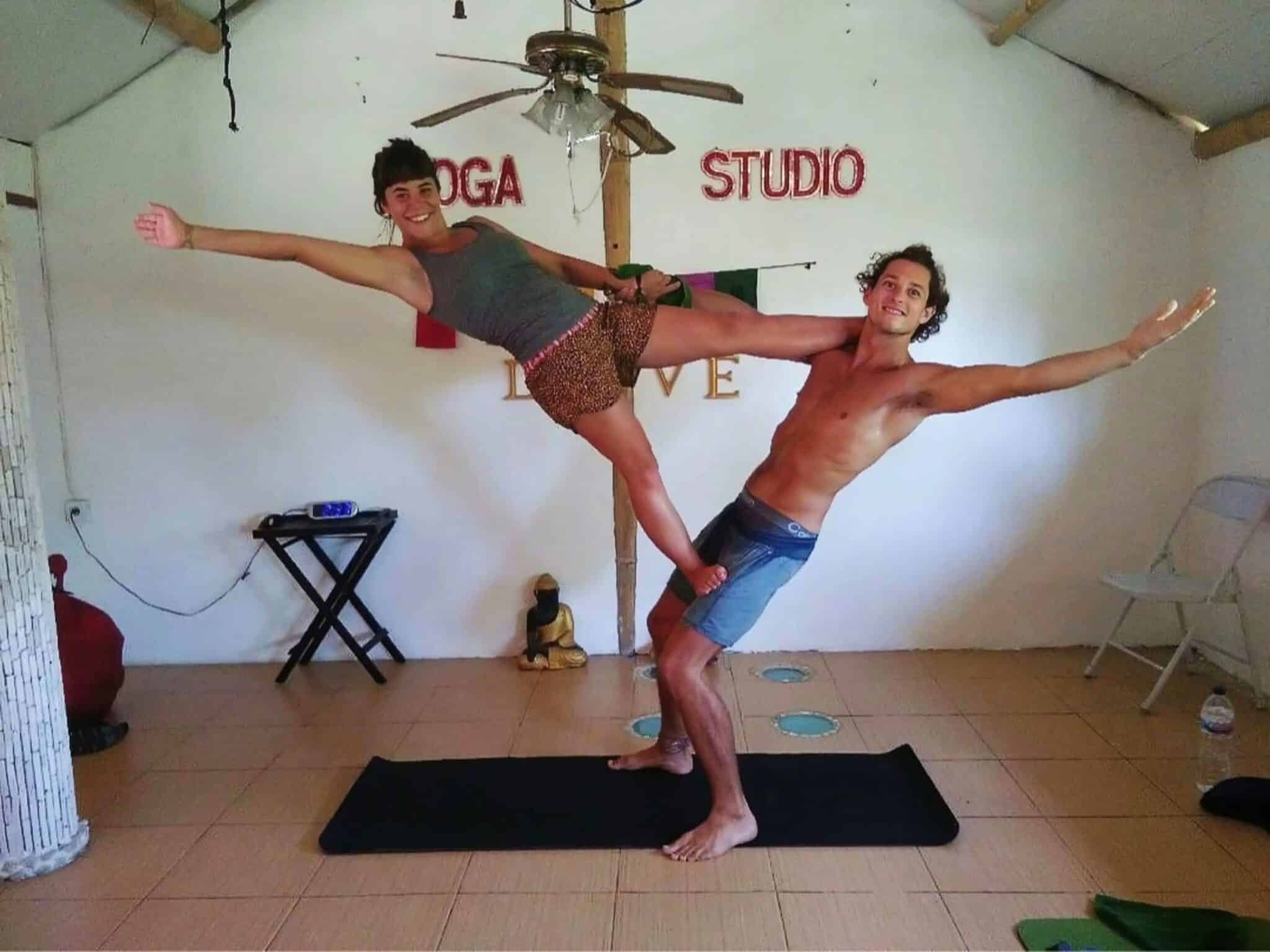

BILBAO
When I returned to Bilbao, an Ashtanga yoga school had just opened — it all felt like fate. Over the next five years, I trained in this discipline while also exploring other techniques and styles.
BALI
I spent a month and a half at a yoga center in Bali, where I had unlimited access to all kinds of yoga classes throughout the day.This time, I got familiar with Aerial, Acro, and Yin yoga. I also practiced Hatha and Ashtanga with different teachers, which broadened my perspective on both styles.
My trouble falling asleep persisted, despite practicing yoga poses indiscriminately. I opened up to a friend about the lack of deep rest I was experiencing, and he made me realize that pranayama might be the solution I’d been looking for.
He had just returned from a long stay at a yoga ashram in India. During that time, he met a guy with the same problem I was describing. After years of insomnia, that guy was able to relax his mind and body for the first time—right after a pranayama class—and finally sleep peacefully.
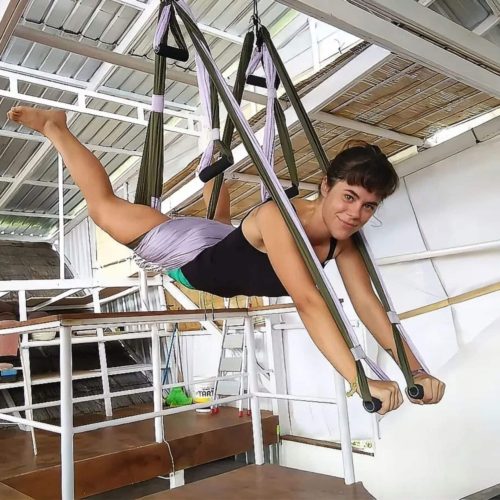
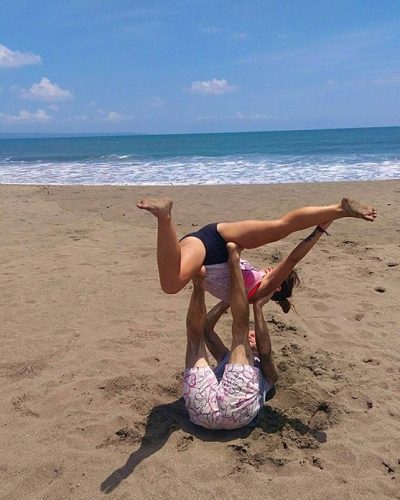
INDIA
I had already had some brief exposure to Pranayama in my Ashtanga and Hatha classes, but it was always treated as a complement to the asana practice, with just a few minutes devoted to it at the end of the session.
I knew that to truly learn this technique in depth, I had to travel to the birthplace of yoga. So, a year later, I found myself in India, determined to find a teacher who could teach me the art of Pranayama. And as they say, when the student is ready, the teacher appears.
I was fortunate to have a teacher all to myself. Every day, for 9 hours, I received lessons covering philosophy, asanas, pranayama, and meditation—guided by the most spiritually advanced person I’ve ever met. My special interest in breathing techniques made them the central focus of our sessions.
After a month at Sahai’s home, his teachings became the most valuable knowledge I’ve ever acquired. Even today, after having meditated with over a dozen meditation teachers, he remains my greatest teacher—and I’ll be forever grateful to him.
INDIA
A year later, I was in India, determined to find a teacher who would teach me the art of Pranayama. And whenever the student is ready, the master appears.
After a month at Sahai's house, his teachings became the most valuable knowledge I have ever acquired in my life.

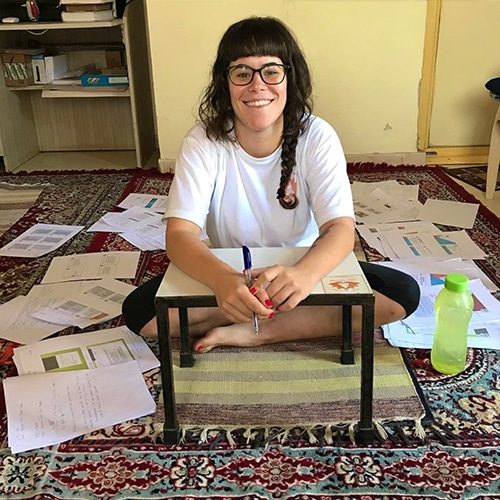
After my time in India, my view of yoga changed radically. With Sahai, I learned that in yoga, you should never force the body, as doing so goes against the very essence of the practice. He taught me that all modern yoga styles originate from Hatha yoga, and that the true essence of yoga lies in meditation, not in the practice of postures.
This new perspective created an internal tension in how I viewed Ashtanga practice. For Sahai, Ashtanga was simply physical exercise, not a true yoga practice. Besides being physically demanding, it requires a teacher’s assistance for difficult poses—something he rejected, insisting that a true teacher should never touch their students.
QUIT ASHTANGA
After several injuries and much to my regret, I had to stop practicing Ashtanga.
This was a major personal setback, and I had to rethink what yoga would mean to me from that point on.
It was at this point that circumstances forced me to integrate everything I had learned during my travels.
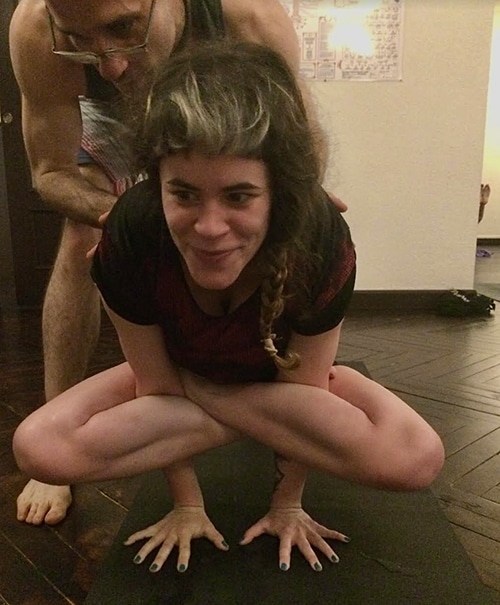
HATA YOGA
From a Western perspective of yoga, which places postures at the core of the practice, Hatha had never really interested me—I had the impression it was too gentle.
Injured, I began integrating my favorite poses and styles. I combined the Hatha yoga approach of not forcing the body with Yin yoga, holding each pose for several minutes.
I experimented until I found a 30-minute sequence I could practice even on the busiest days.
MEDITATION
My encounter with meditation was an unexpected gift after the end of a romantic relationship. My diaphragm was so tight that I couldn’t practice pranayamas, so I simply stayed still—sitting cross-legged with a straight back.
After several minutes, I breathed deeply, and my entire back cracked all at once. I was amazed and realized that this must be what meditation is.
For two years, I experimented on my own, focusing my attention on external objects and the painful areas of my body—until I discovered various Zen meditation techniques and shifted my focus from the outside inward.
After five years of daily meditation, my life has come full circle, and I want to teach others the keys that helped me develop a daily practice.
